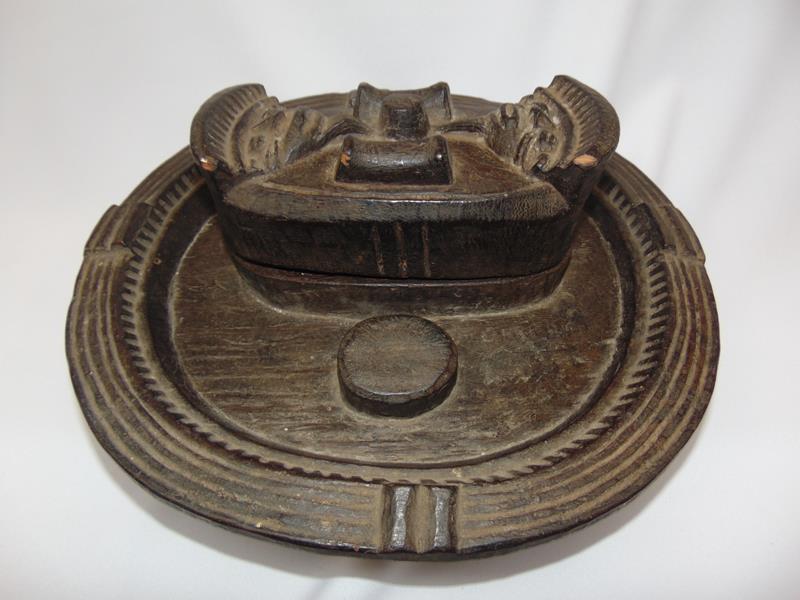
Description
 The embroidered and appliqué decorated raffia cloths of the Kuba peoples of the Kasai river region of the Democratic Republic of Congo (formerly Zaire) are the best known survivors of an ancient African tradition of fine quality raffia cloth weaving that was once widespread across the whole of Central Africa. Similar embroidered cloths from the Kongo kingdom on the coast to the west were greatly admired in post-Renaissance Europe and entered the curio cabinets and treasuries of nobles and kings as the finest products of African artistry
The embroidered and appliqué decorated raffia cloths of the Kuba peoples of the Kasai river region of the Democratic Republic of Congo (formerly Zaire) are the best known survivors of an ancient African tradition of fine quality raffia cloth weaving that was once widespread across the whole of Central Africa. Similar embroidered cloths from the Kongo kingdom on the coast to the west were greatly admired in post-Renaissance Europe and entered the curio cabinets and treasuries of nobles and kings as the finest products of African artistry
Among the Kuba peoples of the Kasai river region in Congo men are responsible for the weaving of raffia cloth, but once the cloth is complete it is the responsibility of women to prepare it for decoration.
The cloth as woven is stiff and rough with loose and uneven edges. Even for everyday use it must be hemmed and softened before it can be sewn into a larger garment. If it is to form one of the main prestige garments, the dancing skirt, it will be softened by pounding it in a large wooden mortar, and in some cases treated with a wine-red or brown dye.







Reviews
There are no reviews yet.